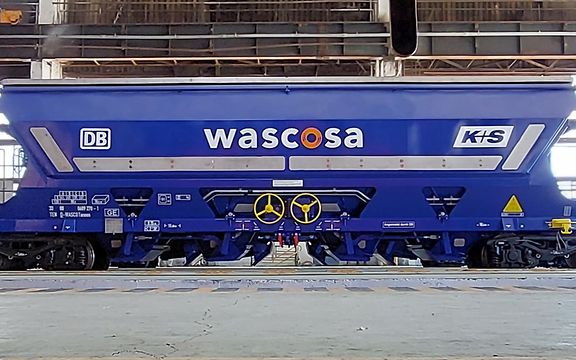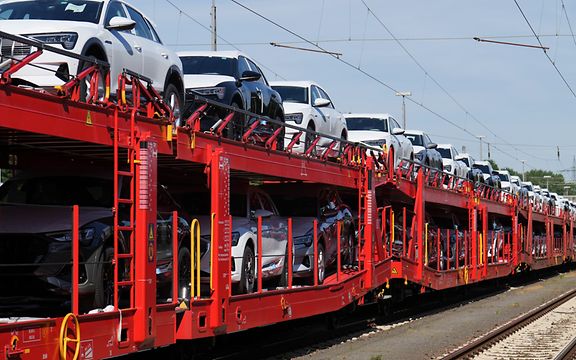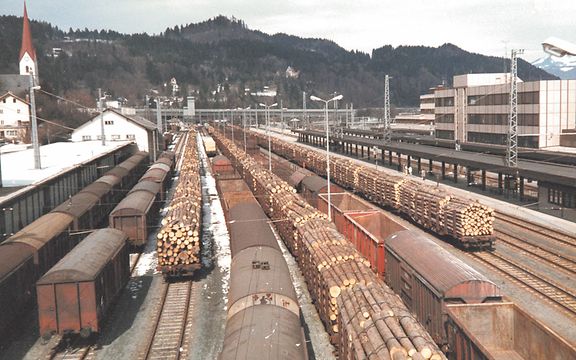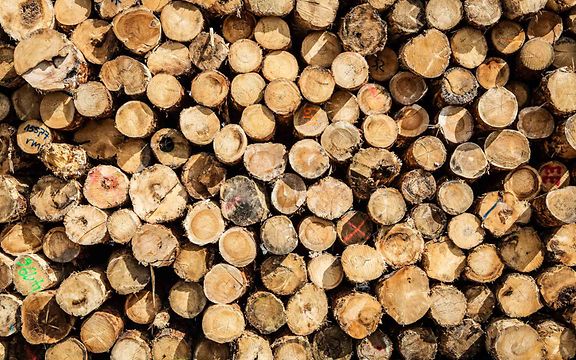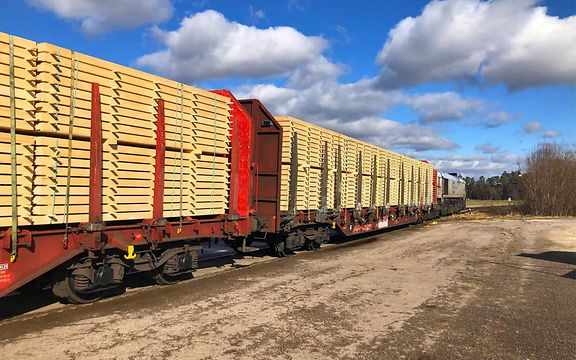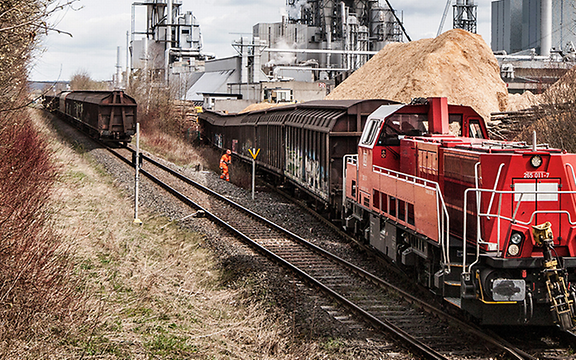DB Cargo Logistics modernises timber wagons
Turning old into new: How used steel wagons are being turned into almost brand new timber wagons.
Modernising rolling stock is often associated with high investment costs. But there are also innovative and resource-saving ideas for renewing vehicle fleets sustainably. DB Cargo recently put these into practice for its timber fleet.
"New" wagons for two fleets
The innovative fleet renewal project started with a lucky coincidence: the Steel and Timber divisions at DB Cargo were both planning to change their own rolling stock at the same time. "We were looking for wagons to reinforce the timber fleet and wanted a solution that was as cost effective and resource efficient as possible. As DB Cargo also needed to adapt its steel transport fleet to changing customer requirements at the same time, we quickly realised that the two departments could help each other. The Steel transport division gave us suitable wagons that could be converted into modern stanchion wagons for our fleet at a manageable cost", explains Erik Loebel, Equipment Manager Timber. The Timber division took a total of 50 wagons, which were around half-way through their service lives, and set about converting them.
Converting old wagons for new tasks
This conversion was necessary because the steel wagons were not designed for securely transporting valuable raw or processed wood. The flat wagon formed the ideal basis; all that was left was to make the necessary adaptations for wood. After extensive testing of a converted prototype, the main part of the project began at the start of 2023. The conversion was carried out by DB Fahrzeuginstandhaltung and took only around two weeks per wagon. The results are impressive: for a comparatively small financial outlay, the timber fleet has received refurbished wagons that are now entering the second half of their service lives. This is an upcycling project that delivers incredible value.
Converted wagons enable flexible use
So what can the 50 "new" wagons in the timber fleet do? Their biggest asset is their flexibility. With their 12 pairs of stanchions and 11 integrated auxiliary bolsters, they can transport raw timber in all standard market lengths from three to 12 metres, as well as palletised square-sawn timber. This allows for efficient round trips: the wagons can transport logs to sawmills, for example, before taking the square-sawn timber to wood processing companies and returning empty to their starting point. The new wagons have already been well utilised, with DB Cargo viewing the conversion as a great success.
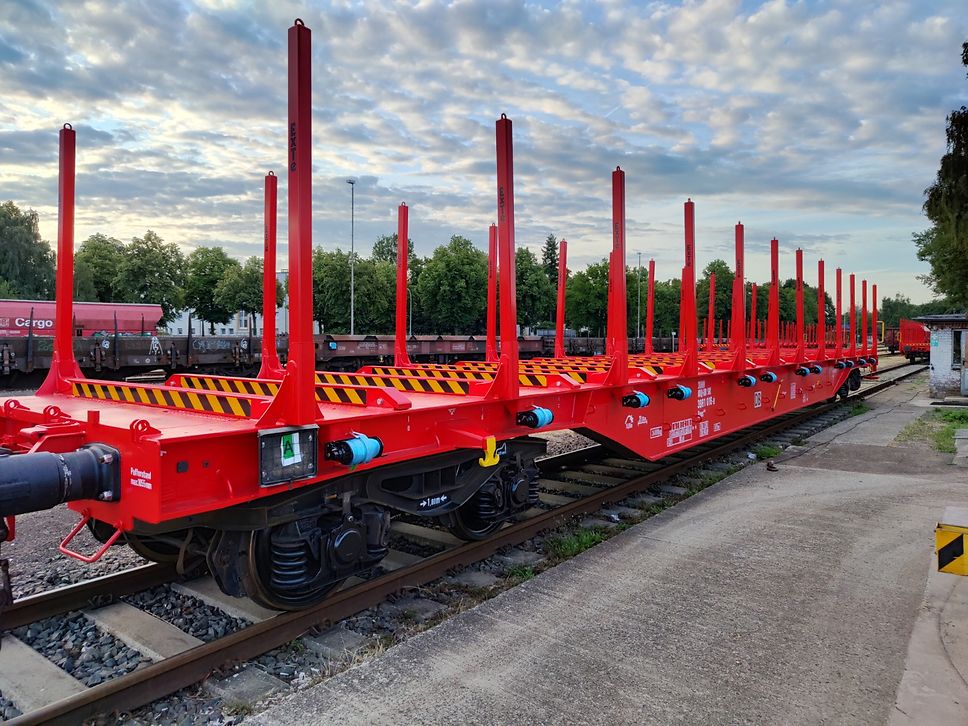
Converted and modernised stanchion wagon for transporting logs and palletised square-sawn timber
Sylvia Debler, who led the project to completion together with Erik Loebel, agrees. The project manager in the Vehicle Projects department at DB Cargo is pleased with the extra-sustainable solution: "Wagon upcycling is not only ideal from an investment point of view, but is also an excellent way to save resources. It means that two of our divisions, Timber and Steel, can continue to serve their customers with flexible, modern wagons."
Get in touch with our expert.
Erik Loebel
Equipment Management Consumer Goods, Pulp and Paper and Timber DB Cargo Logistics

